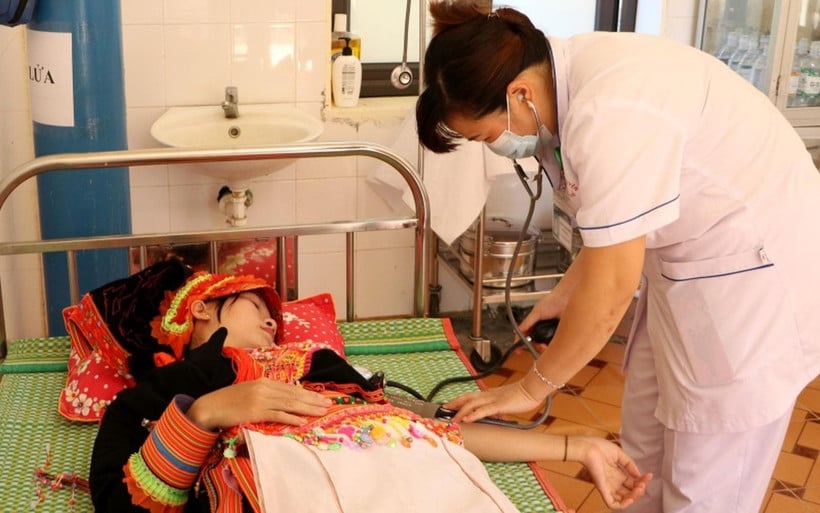
In remote villages of Lao Cai, home births, child malnutrition, and cases of illness that are only discovered when it is too late are not old stories. The average life expectancy of the people in the province has only reached 70 years, lower than the national average. In mountainous districts such as Bac Ha, the rate of newborn screening is only 50%, while the rate of stunting is alarming: more than 23%, in some places exceeding 30%.
But a new signal is creeping into every household, from macro-level decisions to changes in district-level health centers. It is a strong shift in the strategy to improve the quality of medical examination and treatment, with the motto of "bringing good healthcare closer to the people".
During the 2020–2025 period, more than VND 2,100 billion has been invested to upgrade and build new hospitals and medical centers in all districts. From Bac Ha to Muong Khuong, from Si Ma Cai to Van Ban, there are no longer makeshift facilities, but 3–9-storey buildings with modern medical equipment. In particular, the Si Ma Cai District Medical Center – which used to be a blank spot in terms of specialized techniques – now has a 32-slice CT Scanner, capable of diagnosing complex diseases and providing emergency care on the spot.
It is not just infrastructure, what makes the difference is people. The cooperation program between Lao Cai and central hospitals is opening the door to high-quality medicine to every poor district. Resident doctors from Hanoi Medical University, or experts from the National Children's Hospital, not only bring knowledge but also pass on skills to the local medical team. From clinical diagnosis to resuscitation techniques, emergency surgery, everything is gradually transferred systematically.
Lao Cai Provincial General Hospital – recognized as a Grade I hospital and a focal point of the Northern Midlands and Mountains region – has become an “extended hand” of the central health sector. With 12 major cooperation programs, including 4 hospitals signed by the Provincial People’s Committee such as Bach Mai, 108, National Children’s Hospital, Hanoi Lung Hospital, the model of remote medical examination and treatment and rotation of good doctors to the locality is showing clear effectiveness.
One of the clear examples of this change is the case of Ms. Hang Thi Cu in Ta Ngai Cho commune, Muong Khuong district. When her family discovered that she was seriously ill, they immediately considered borrowing money to take her to a higher level hospital. However, right at the district general hospital, she was directly examined, consulted and treated by Dr. Tran Viet Dung - from Hanoi Medical University Hospital, who is currently providing professional support there. "The doctor spoke very carefully and gently. My family felt reassured and did not need to go far anymore," Ms. Cu shared. The patient was closely monitored and treated according to the protocol, and her health gradually recovered, without having to leave the village to go to the province or Hanoi.
Mr. Hoang Quoc Huong, Director of the Provincial Department of Health, said: “We have determined that if people cannot reach the doctor, the doctor must come to the people. This is the most practical way to shorten the gap between the mountainous and lowland areas.”
Source: https://nhandan.vn/dua-bac-si-den-voi-dong-bao-vung-cao-post890053.html








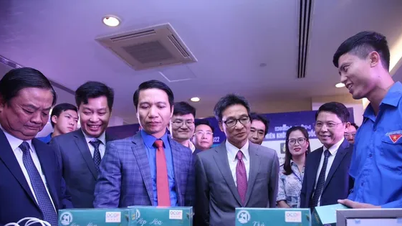

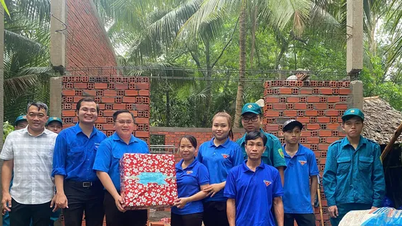
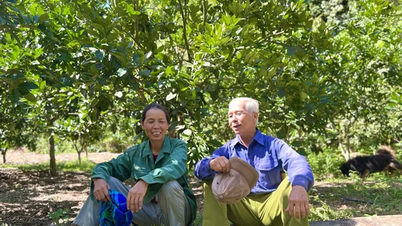
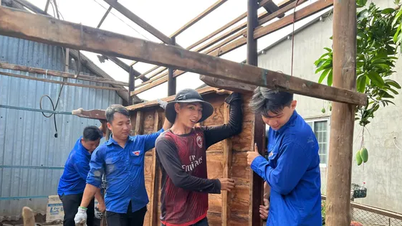
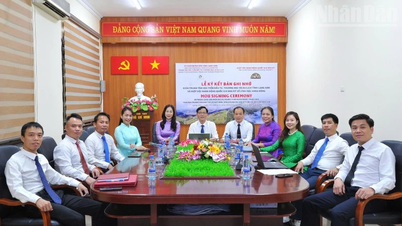








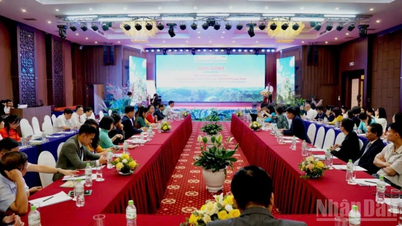





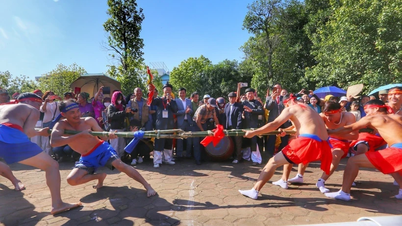

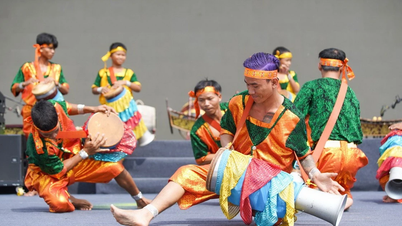


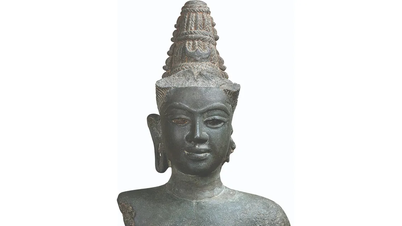

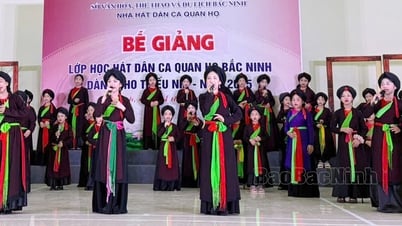

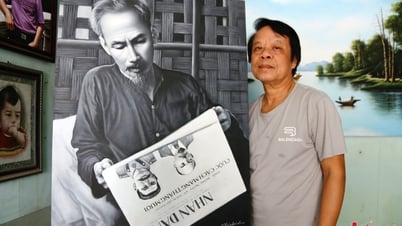

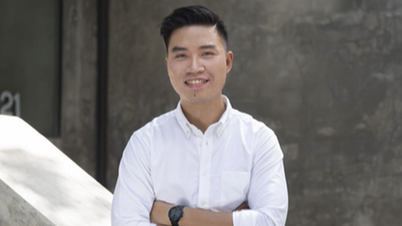

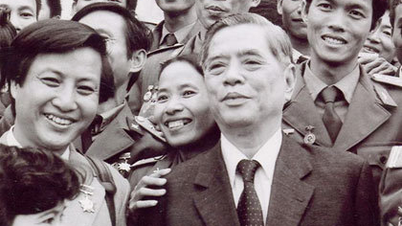




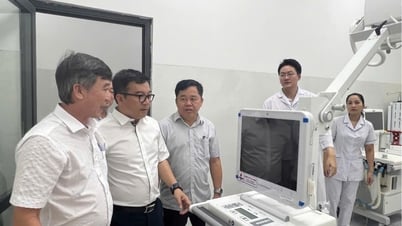




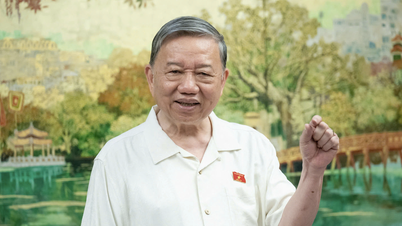


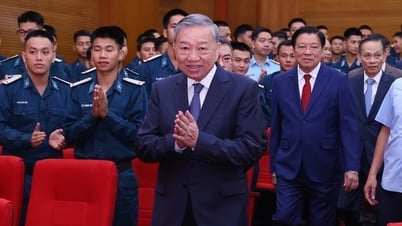

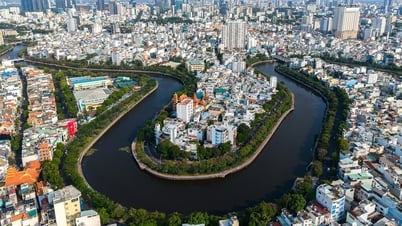
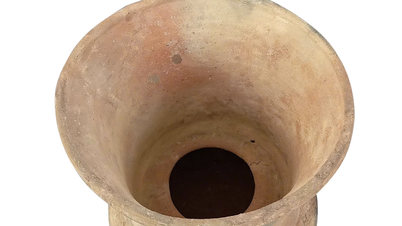

![[Infographic] Circular guiding the functions, tasks and powers of the provincial Department of Culture, Sports and Tourism and the commune-level Department of Culture and Social Affairs](https://vphoto.vietnam.vn/thumb/402x226/vietnam/resource/IMAGE/2025/6/29/877f24989bb946358f33a80e4a4f4ef5)

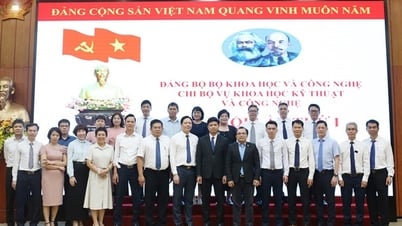


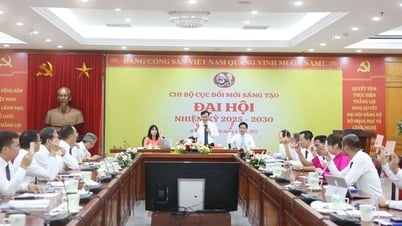
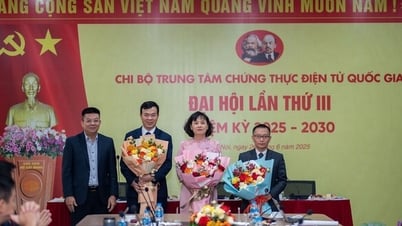



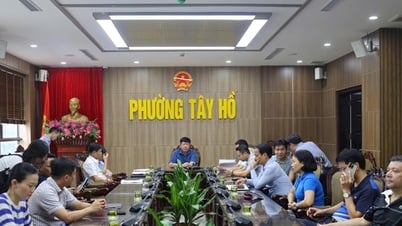


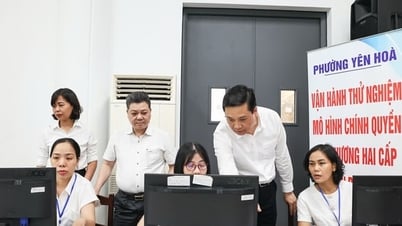
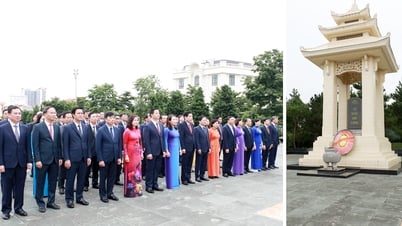

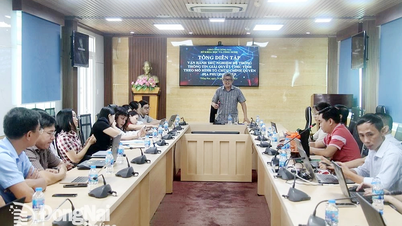













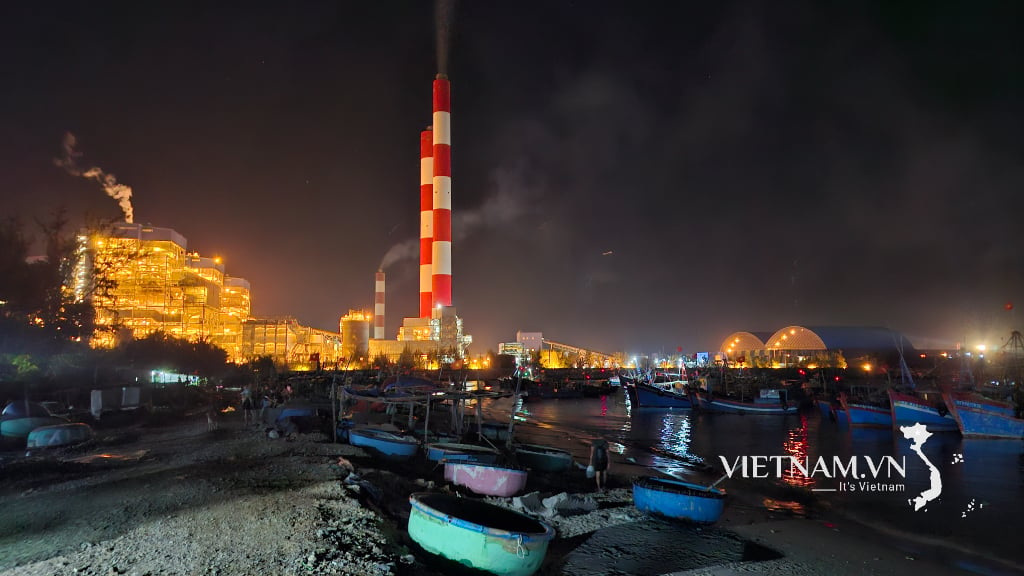
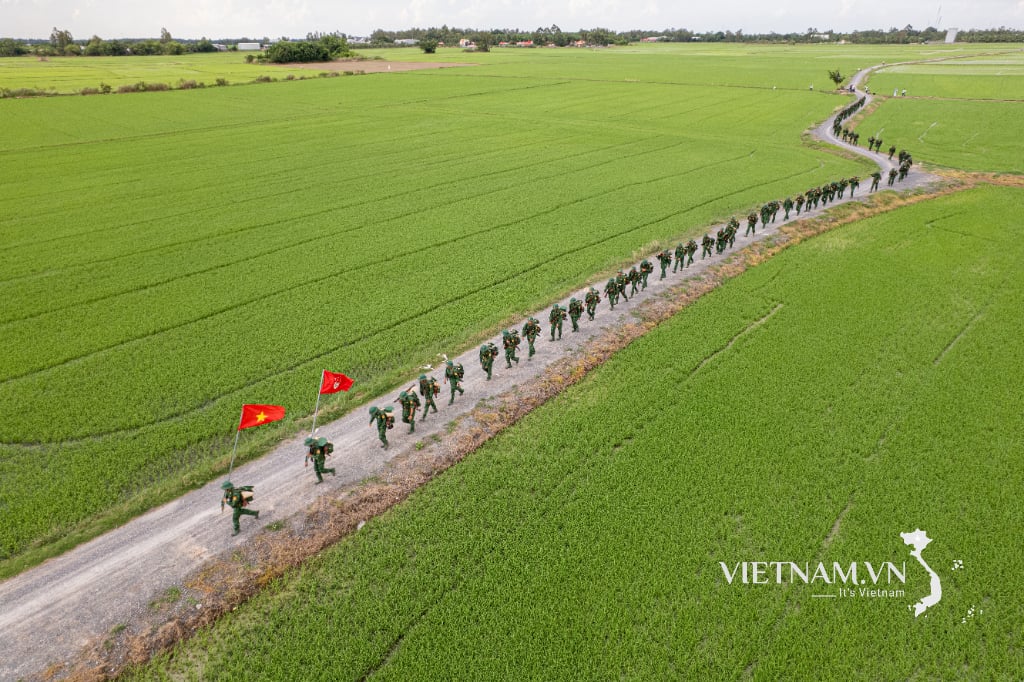


Comment (0)